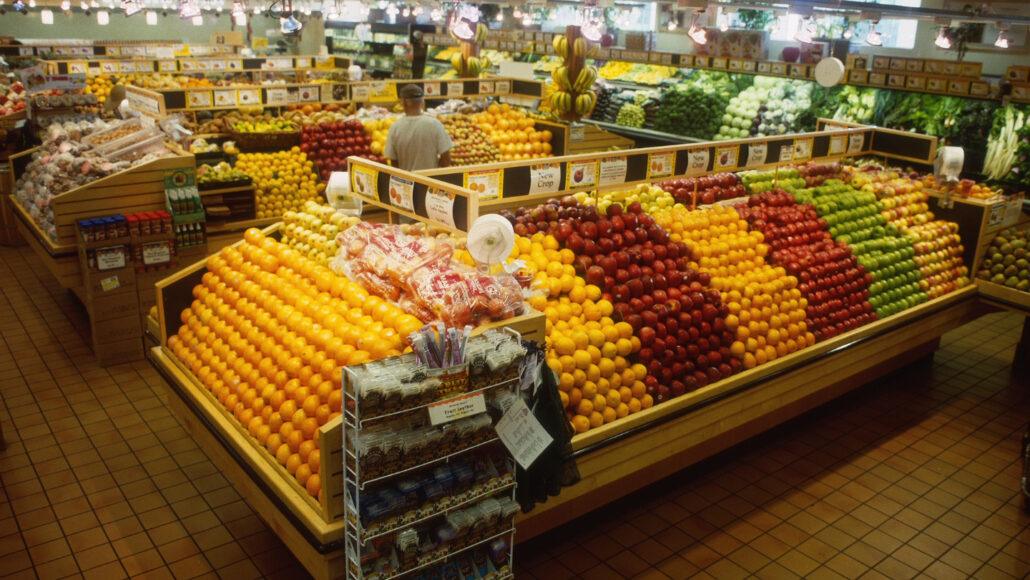angle: The space (usually measured in degrees) between two intersecting lines or surfaces at or close to the point where they meet.
chaos: A situation that is confused and has no order.
crystal: (adj. crystalline) A solid consisting of a symmetrical, ordered, three-dimensional arrangement of atoms or molecules. It’s the organized structure taken by most minerals. Apatite, for example, forms six-sided crystals.
force: Some outside influence that can change the motion of an object, hold objects close to one another, or produce motion or stress in a stationary object.
fruit: A seed-containing reproductive organ in a plant.
physicist: A scientist who studies the nature and properties of matter and energy.
random: Something that occurs haphazardly or without reason, based on no intention or purpose. Or an adjective that describes some thing that found itself selected for no particular reason, or even chaotically.
simulation: (v. simulate) An analysis, often made using a computer, of some conditions, functions or appearance of a physical system. A computer program would do this by using mathematical operations that can describe the system and how it might change over time or in response to different anticipated situations.








